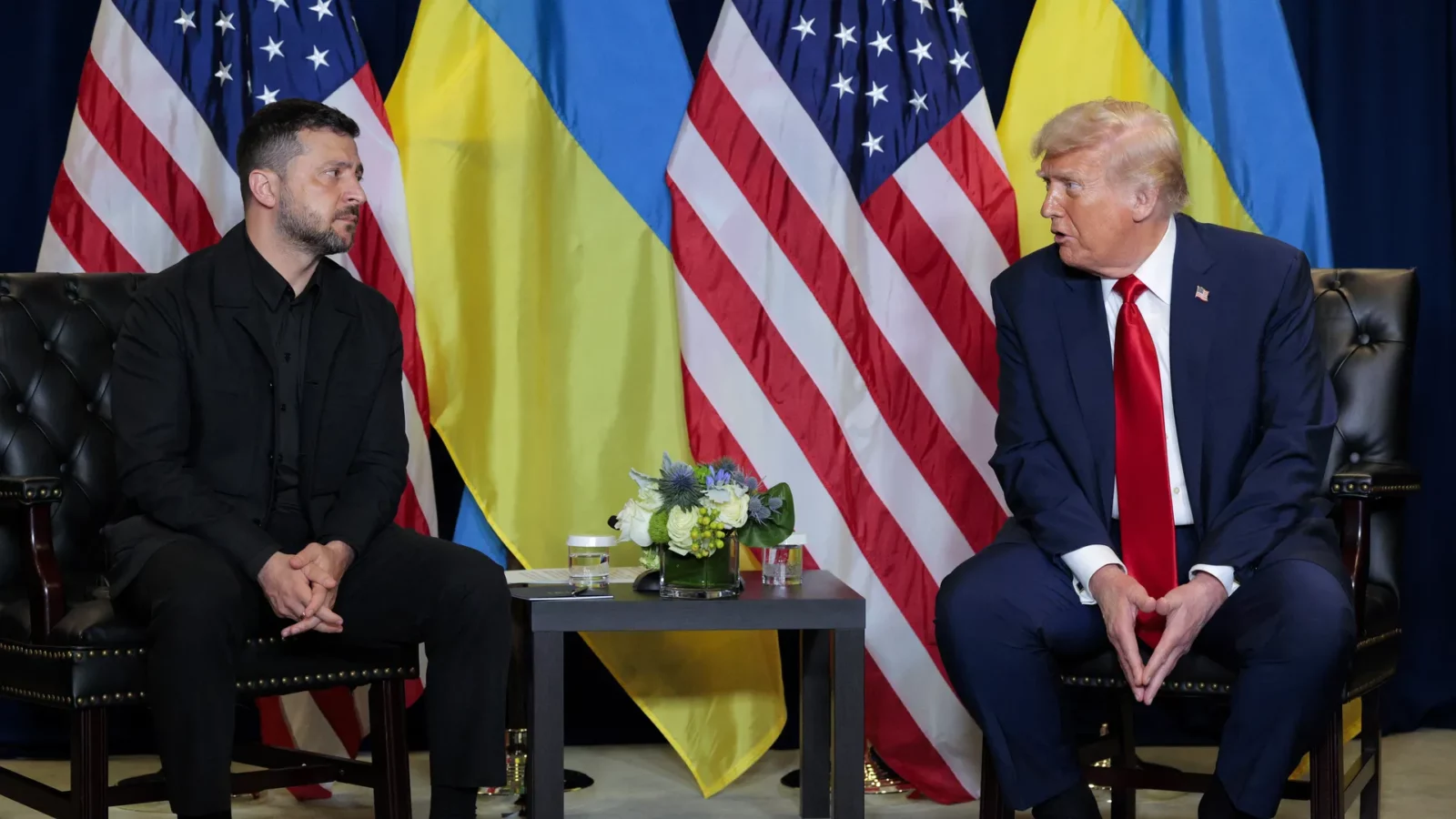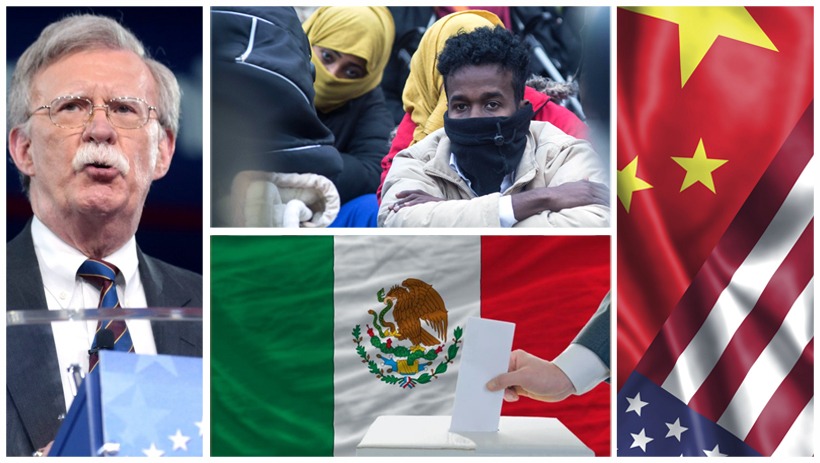What does Trump’s Ukraine plan promise in terms of military, economic and global balances?
What does Trump’s Ukraine plan promise in terms of military, economic and global balances?
By Adem Kılıç, Political Scientist / Author
The peace plan announced by Trump is not merely a diplomatic initiative, but also a comprehensive framework that meets a significant portion of Russia’s long-standing demands and will profoundly affect Ukraine’s future.
Although not officially announced by Trump, the ‘Peace Plan,’ which was leaked to the press as 28 articles, promises to recognize Ukraine’s sovereignty while also envisaging the establishment of a broad non-aggression pact between Russia, Ukraine and Europe.
Military dimension
The plan proposes a new security architecture that includes Russia’s commitment not to attack neighboring countries, which Europe has long sought, while also linking NATO’s promise to halt expansion to this commitment.
However, the plan also restricts Ukraine’s ability to act as an independent state in exchange for the re-establishment of a security dialogue between Russia and NATO, mediated by the US.
This is because the terms, such as limiting the Ukrainian army to 600,000 personnel, amount to Ukraine’s surrender in a sense.
The plan also demands that a clause be written into Ukraine’s constitution stating that it will never join NATO, and that NATO add a clause to its internal procedures stating that it will not accept Ukraine as a member in the future.
In essence, the plan requires a transformation that would shake the foundations of Europe’s security order.
In addition, the plan stipulates that NATO forces should not be deployed in Ukraine and imposes restrictions such as limiting European air power to Poland, paving the way for a reshaping of the military balance in the region.
Economic dimension
In economic terms, Trump’s plan involves using approximately $100 billion of frozen Russian assets for Ukraine’s reconstruction.
Given that the World Bank’s report published last October estimated Ukraine’s losses at a minimum of $1 trillion, this plan essentially amounts to a victory for Russia.
On the other hand, provisions anticipating that the US will earn a significant ‘share of the profits’ from these funds used in the process also create a risk of dependency for Kyiv.
The plan’s nuclear elements are also noteworthy.
The proposals that Ukraine should be firmly positioned as a non-nuclear weapons state, that new nuclear agreements between the US and Russia should be on the agenda, that the Zaporizhzhia Nuclear Power Plant should operate under international supervision, and that 50 percent of the electricity produced should be shared between the two countries provide important clues as to how the energy and security aspects of the post-war order will be shaped.
In addition to all this, items such as Ukraine being forced to hold elections within 100 days and the establishment of a ‘Peace Council’ under Trump’s leadership to monitor the peace show that the plan’s political and economic equation, not just its military one, will be in Russia’s favor.
In light of all these items, this broad framework has created serious pressure on Kyiv.
US dictatorship
Washington is applying time pressure on Zelenskyy’s administration to accept the plan without delay, while also warning that it could withdraw other critical support for the war, such as intelligence sharing.
Ukrainian leader Zelenskyy immediately telephoned European leaders upon receiving the plan, recalling previous crises but indicating that this time the situation is much more serious.
Indeed, immediately after the plan was leaked, Zelenskyy addressed the nation, clearly expressing the dilemma the country faces: ‘We are at risk of losing our honor or losing an important partner.’
The timing of such a demand is extremely unfortunate for Kyiv, coming at a time when Ukraine is demoralized, its energy infrastructure has been severely damaged by attacks in the fourth winter of the war, the population is exhausted, and corruption scandals among Zelenskyy’s inner circle are increasing political pressure.
Both the timeline and content of the plan are seen as unrealistic in many European capitals.
There is also considerable confusion in Europe.
However, some European intelligence services share assessments that Ukraine could be forced into a ‘very painful’ agreement, including territorial concessions, within the next six months due to military, economic and social conditions.
This shows that those within the Zelenskyy administration, which presents a resistant image to the public, who believe that an agreement is inevitable may be right.
Conclusion
In conclusion, even if Trump’s 28-point plan offers the possibility of lasting peace, it outlines a framework with extremely high strategic, political and social costs for Ukraine.
However, although the plan appears unlikely to succeed in European capitals, the possibility that Trump’s aggressive diplomacy could lead to an agreement can no longer be ignored.
This plan, which is almost a surrender document for Ukraine, means victory for Russia, while Ukraine has reached the point where it is seen as the only option for survival after nearly four years.

















Leave a Reply